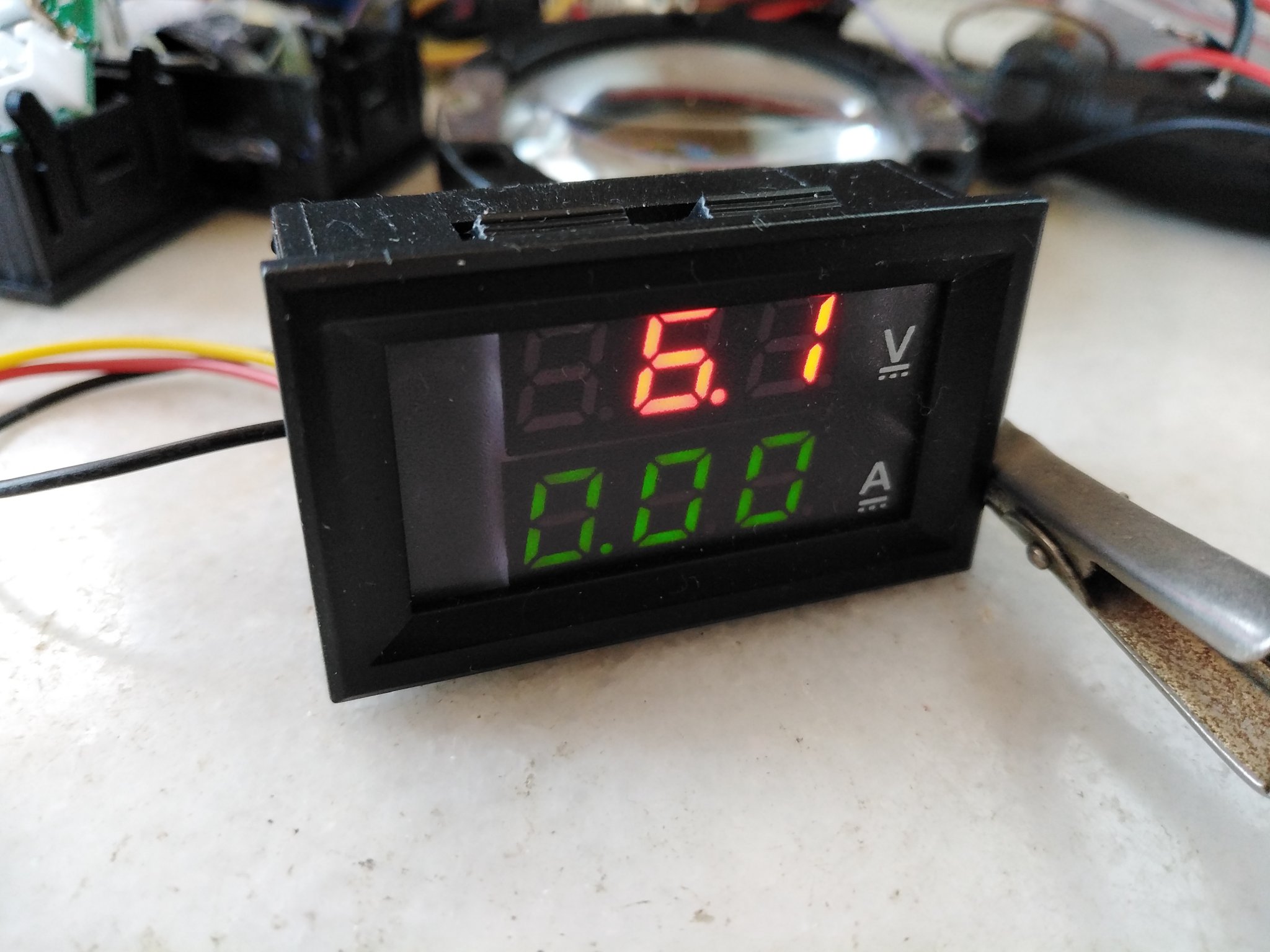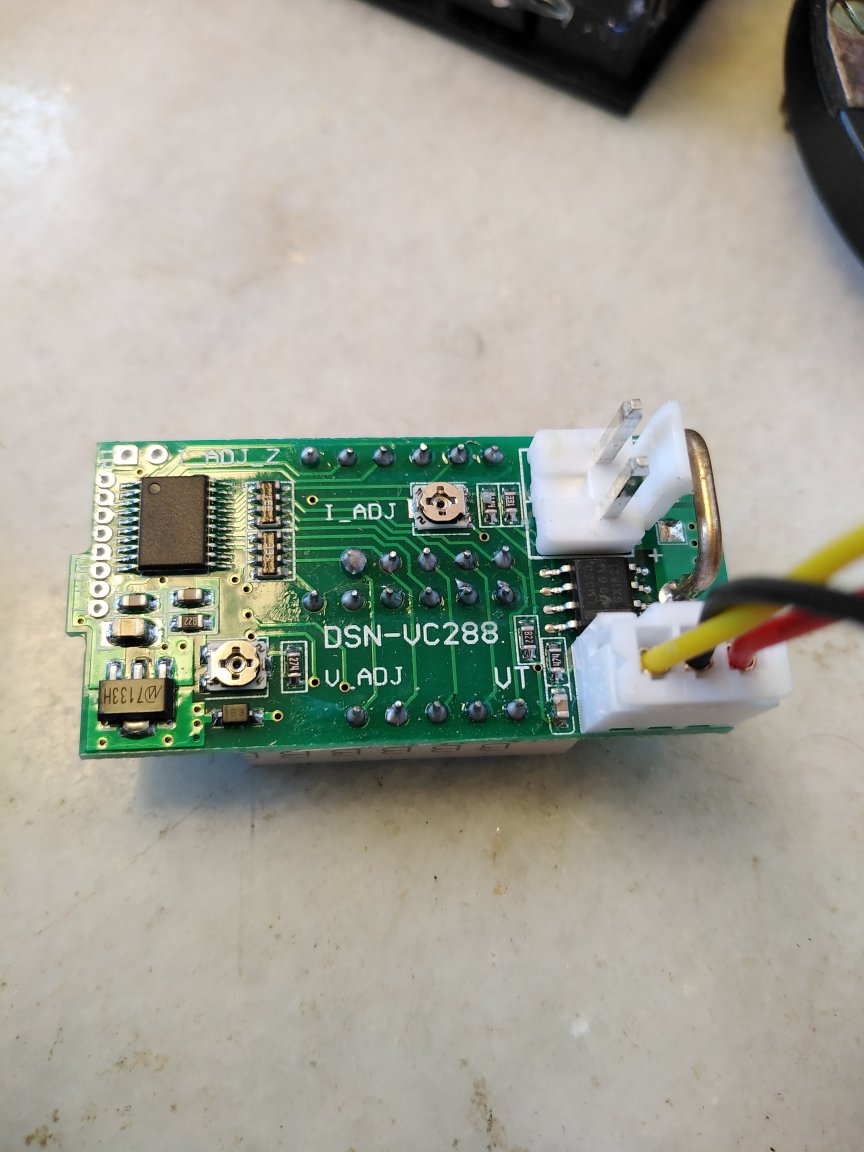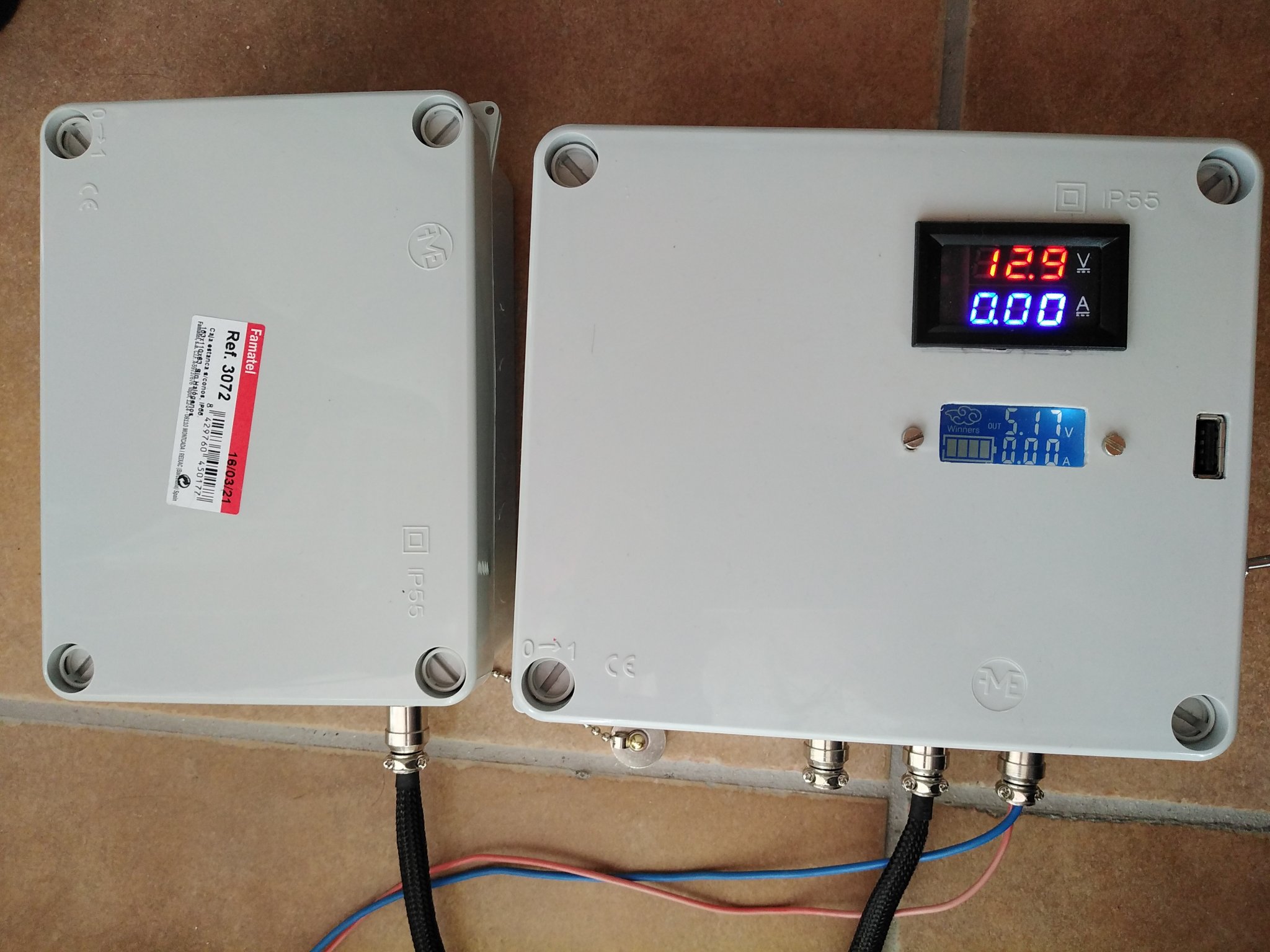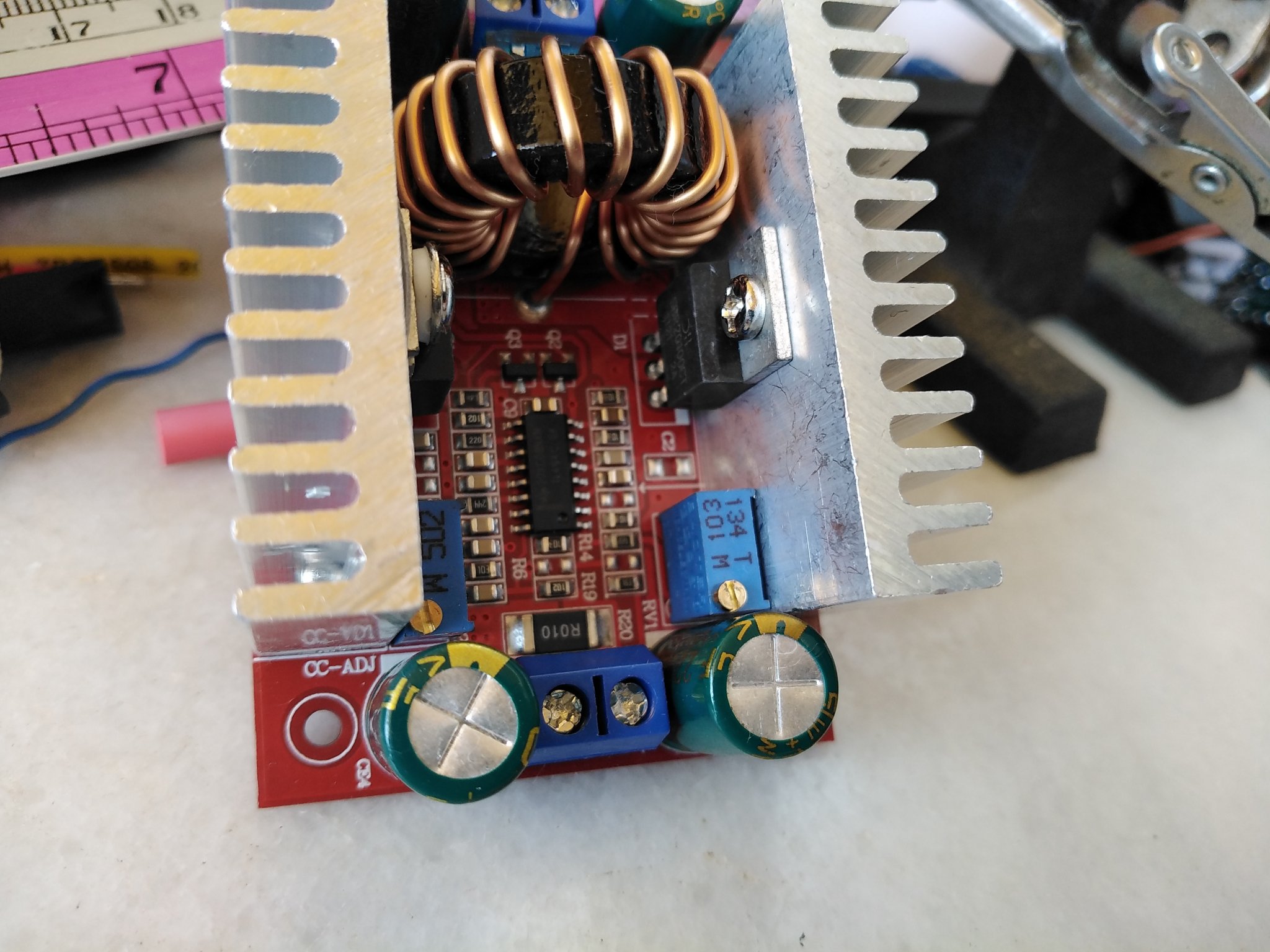
Tronx
-
Posts
9 -
Joined
-
Last visited
Content Type
Events
Forums
Downloads
Quizzes
Gallery
Blogs
Posts posted by Tronx
-
-
Do some of you use these chinese Vm Am modules which are a bit inaccurate for Ampere measurements, but quite ok for voltage, and have experienced total loss?
I'm running these modules connected via a 7805 to a solar panel. So they get 5V Vin, and when the sun shines, they turn on, and if the solar panel voltage is too low, they turn off.
I had 2 of them fail (completely dead, no LEDs, only the voltage regulator still gives 3.3V), and I fear more to come. It seems that these modules die from undervoltage in some conditions where the voltage slowly decreases.
I did not find this out myself, but they say this in a german forum and their explanation seems plausible.
My modules have chips with the STM8 pinout. I suppose that they are chinese copies with flaws.
Does anyone have the same issues with these modules, or other products where chinese microcontroller clones fail similarly?
-
-
Yes that is the only way to connect it. You will need a good tool that makes gas tight seals.
-
 1
1
-
 1
1
-
-
Well, we are talking about hobby stuff. These exotic chinese controllers are for the Chinese and their cheap electronics products. No support, no community, in the best case a chinese data sheet.
And even they do not use controllers, but they build little comparator type chips like on the balancer/charge controller shown by crossy. It's only a shame that they are not configurable like stuff from Texas Instruments.
You cannot set a lower full charge voltage, nor a higher low voltage cut off (or it is not documented). I can upload the data sheets if anyone is interested. Their chips protect the batteries to some extend, but always too close to the edge, reducing life time. Still these balancer boards are great, only 8yA current consumption when idle.
-
On 5/17/2021 at 8:50 AM, maxpower said:
Voltage comparison jobs like this are best served by a dedicated comparator like the LM393 with unused input pins of a dual device tied to ground.
...
For anyone with experience, cheap microcontrollers which spend most of the time sleeping are the best choice for these tasks.Good point to mention the floating inputs, that can save some current.
Your second statement about the microcontroller does not hold in may 2021 anymore. Prices have skyrocketed. An attiny13 costs now over 70 cents. Tiny45 over 1€. These prices will trigger fakes to be produced and sold on Aliexpress.
-
Well you are right about the LM358, during day, you will get the free power, and during night with the LED on, the 0.5mA will not matter at all. They sell the LM358 by kg on Ali.
What do you have to control battery charge and discharge level? Or is this part still operational from the Lamp?
-
This slow turn on/off needs either huge oversized FETs, or maybe a more complex approach. As you have a few of these lights to fit, did you consider a solution with comparator?
I've recently used TS27L2C opamps for a similar purpose. They are LM358 pin compatible, draw 10uA and are with 35cents still affordable. I bought them even on Aliexpress. The advantage would be, that you can set the turn on point exactly where you want, and hysteresis should also be possible to prevent blinking lights and such ugly stuff.
-
 1
1
-
-
Thanks for detailing all your steps, I really enjoyed your car port stuff. I made a charging controller for my 10Ah LiFePo4 with the ICL7665, and I'm charging via a 20W panel. In this way, the current will never exceed the battery happieness level. A 100W panel gives 6A which is too much.
My claim is: The lead acid or LiFePo4 4s battery voltages are very close to the MPP of 12V rated solar panels which have open circuit 24V or similar. The battery pulls the voltage down to 13V which is where the solar panel has its maximum power output, and with the efficiency of the MPPT device, there will be no improvement.
Could you run a test with your MPPT on the same 12V battery, and without the MPPT and post the results here?
-
 1
1
-








Why not - Convert your mains LED floodlights to solar? (actually there are several reasons not to, but I did it anyway).
in Alternative/Renewable Energy Forum
Posted
I've opened another thread not to spam this one here too much. The question is: Which chinese controller would be suitable for hobbyists where we can save a few cent, but still get the quality we expect from "western" products.
Crossy's balancer seems to be his only protection against over-discharge and over-charge. I agree that this is only a balancer, but it has features for battery protection. I'm using the same, but have not tested it's low voltage shut off, because these LiFePo4 are precious here in Europe, not 1$ like in Thailand. Therefore I put a ICL7665 circuit between battery and load and solar, which switches load off when all cells are at 3.0V or solar off at 3.55V.
Saying that you need to pay "a much better" charge controller is ok for big 100Ah cells, which cost a lot - and draws a few 10 mA quiescent current too. But here we need a cheap solution for 10 or 20 solar lights.
Can you propose a few reliable chinese microcontrollers, or clones with a reasonable price?